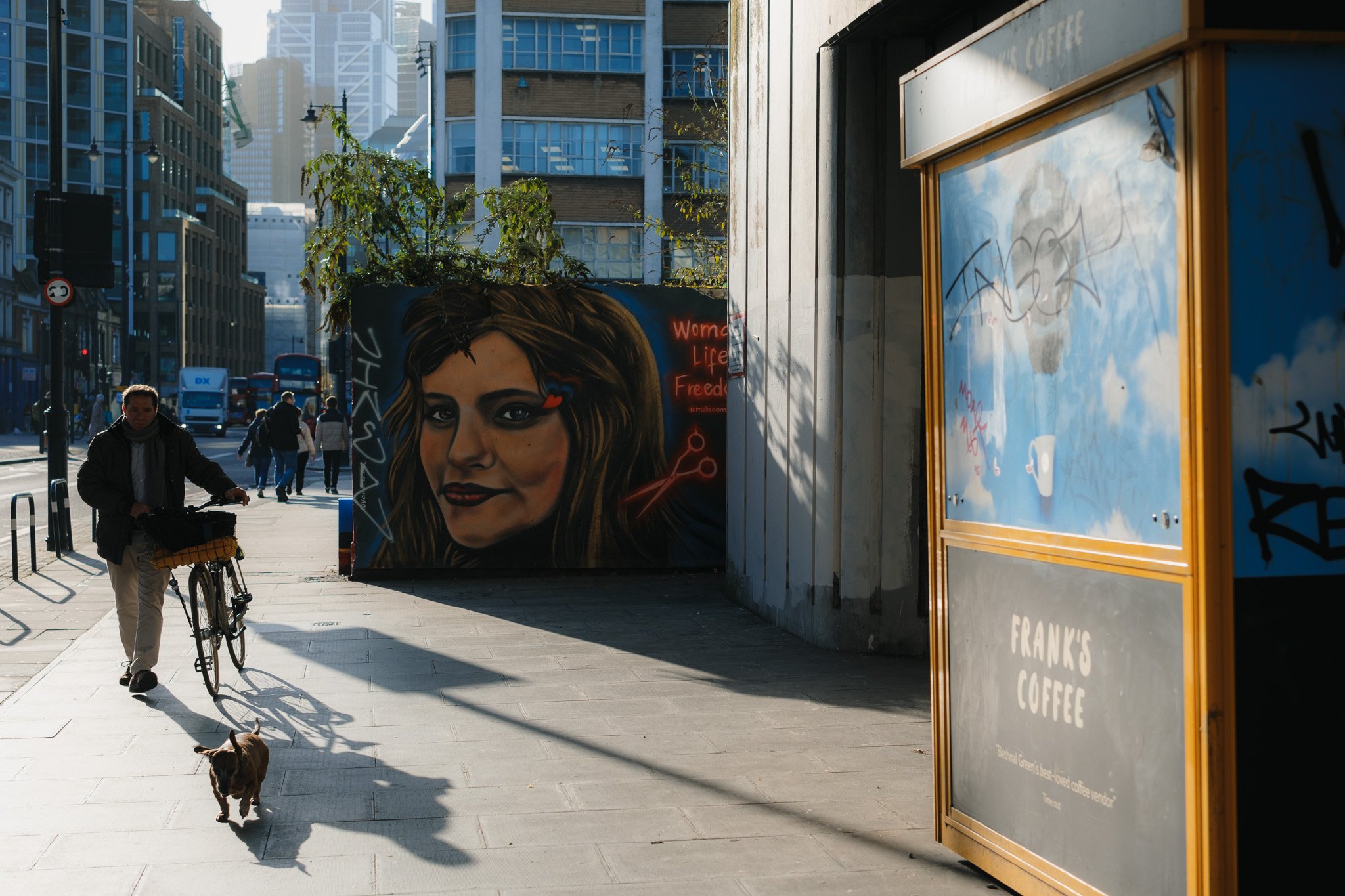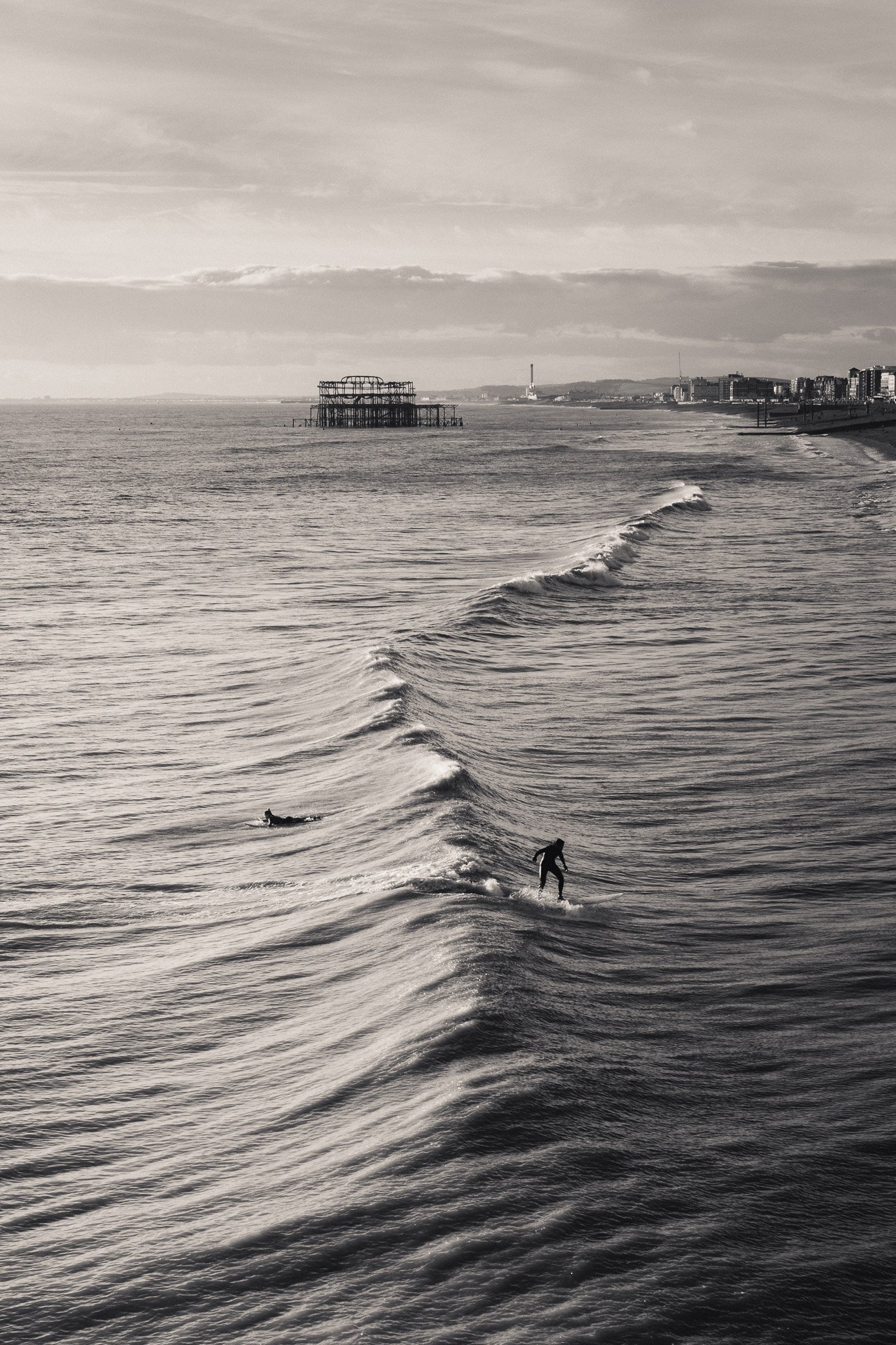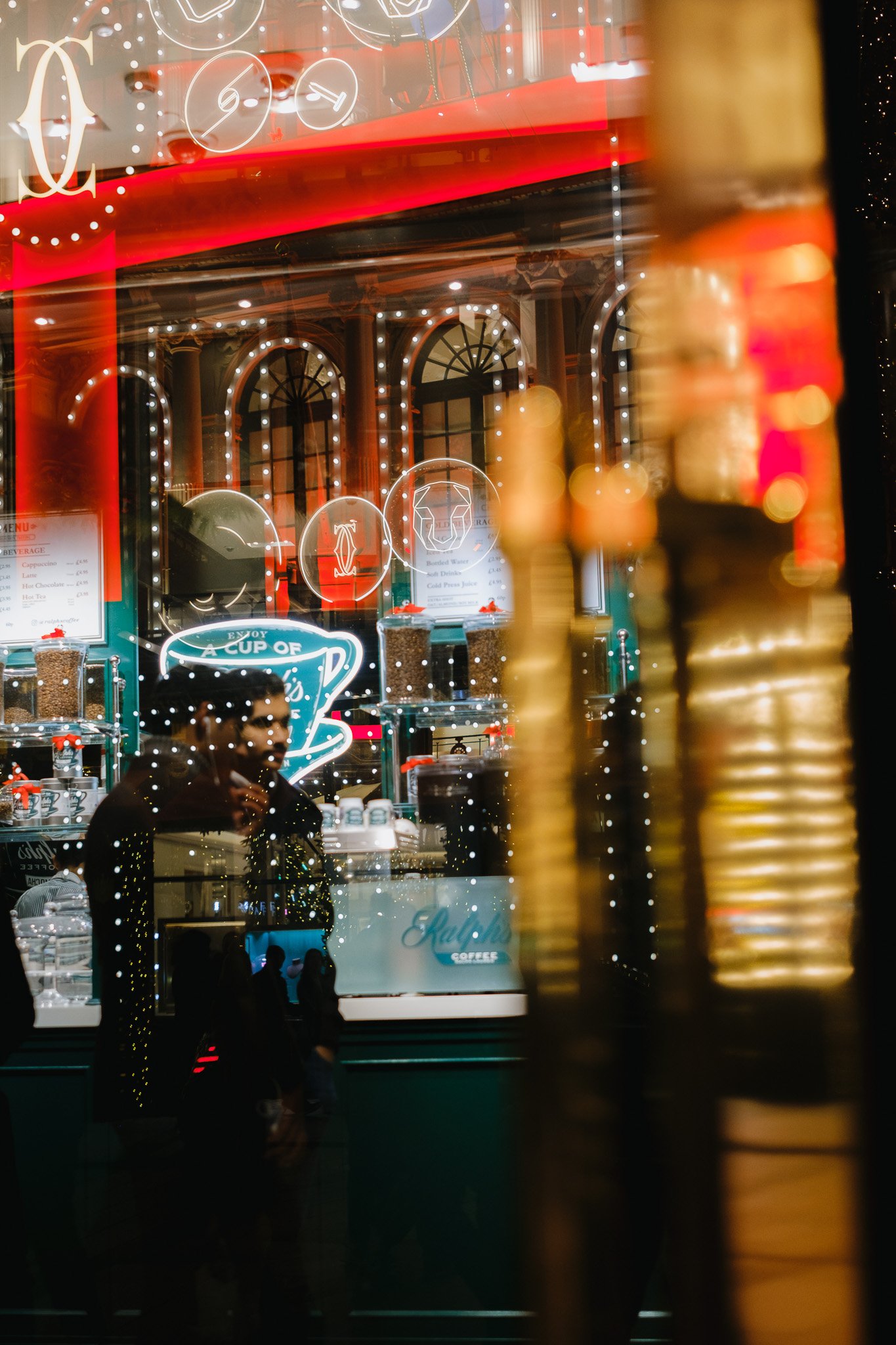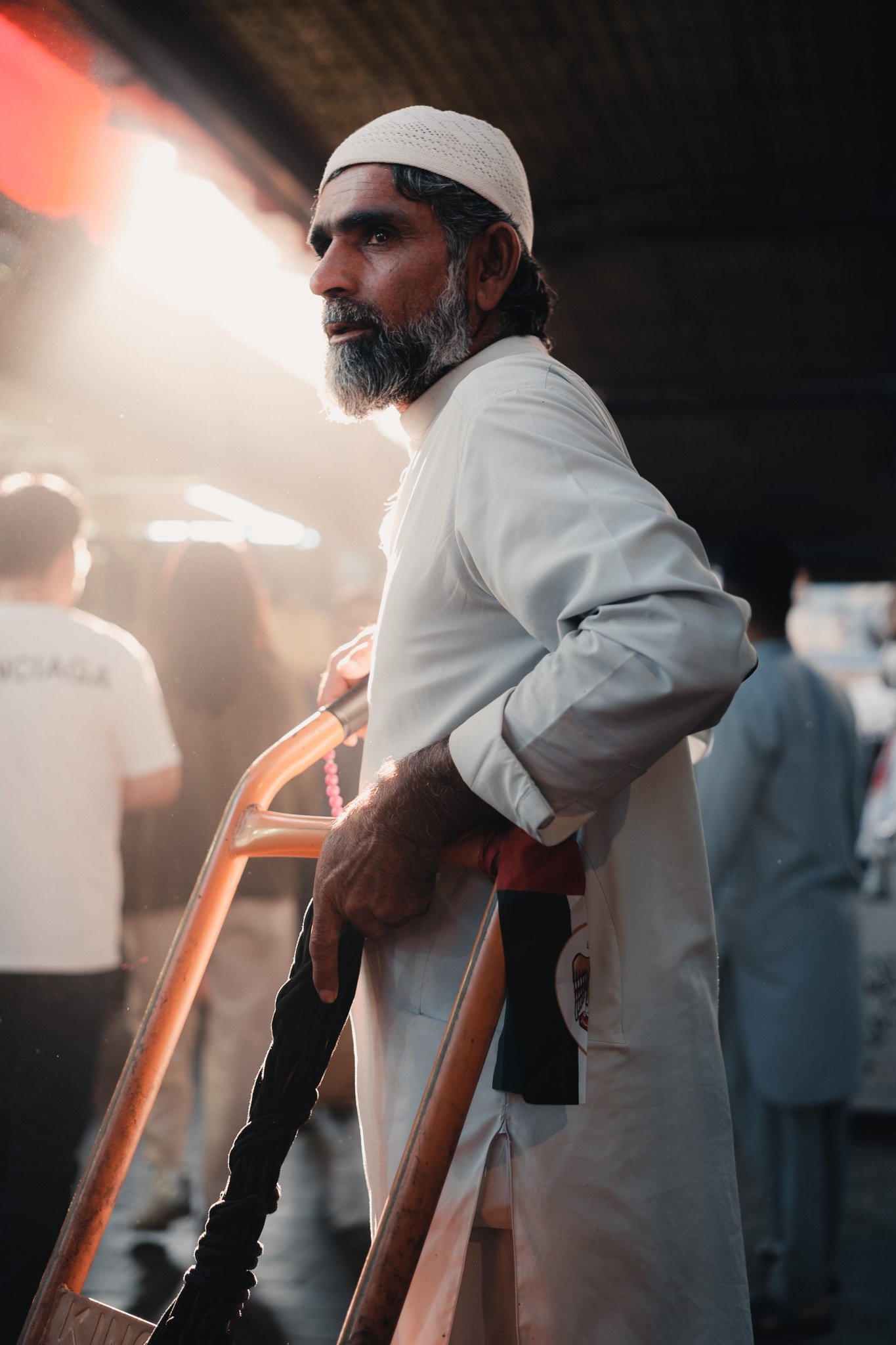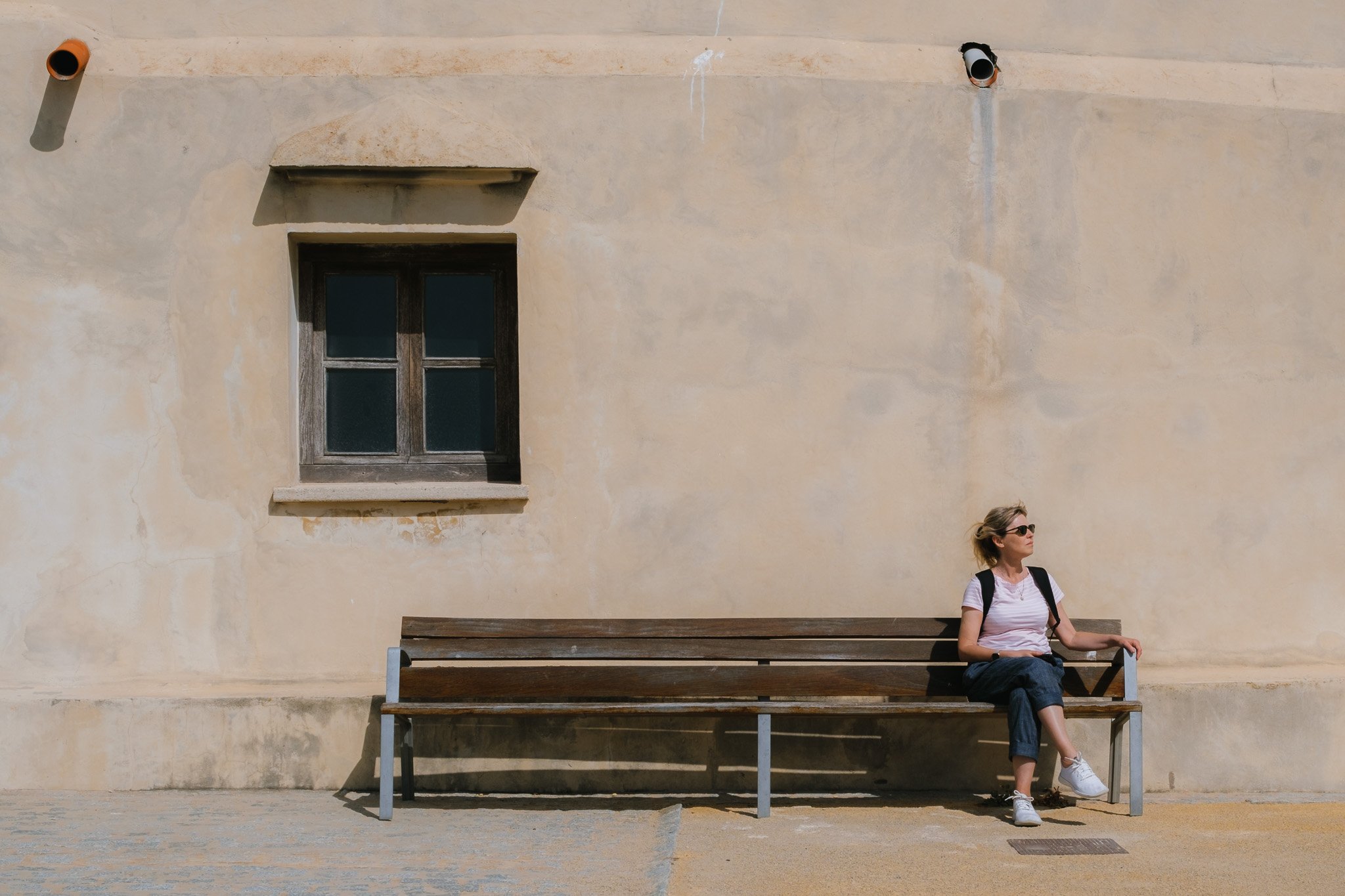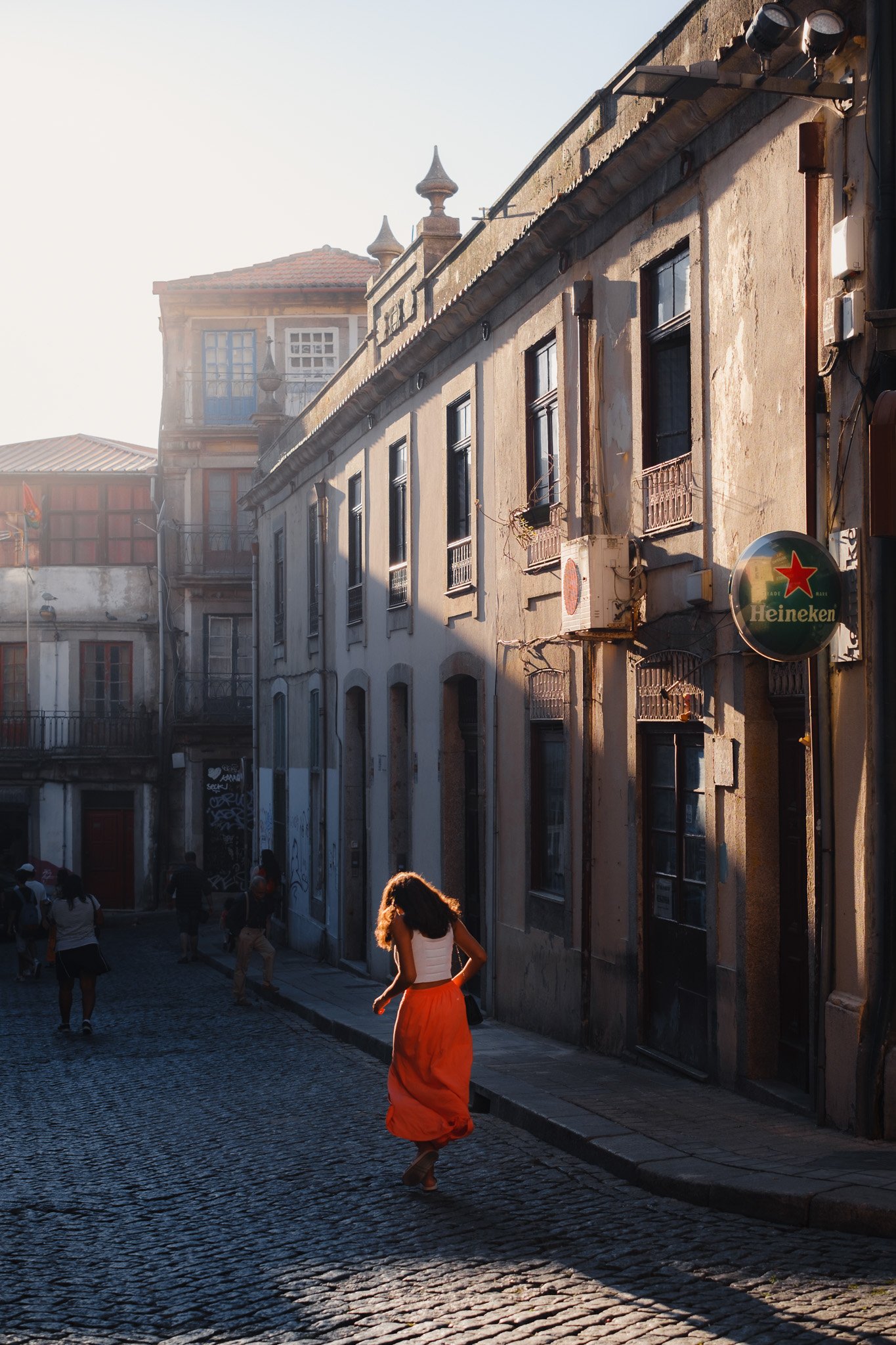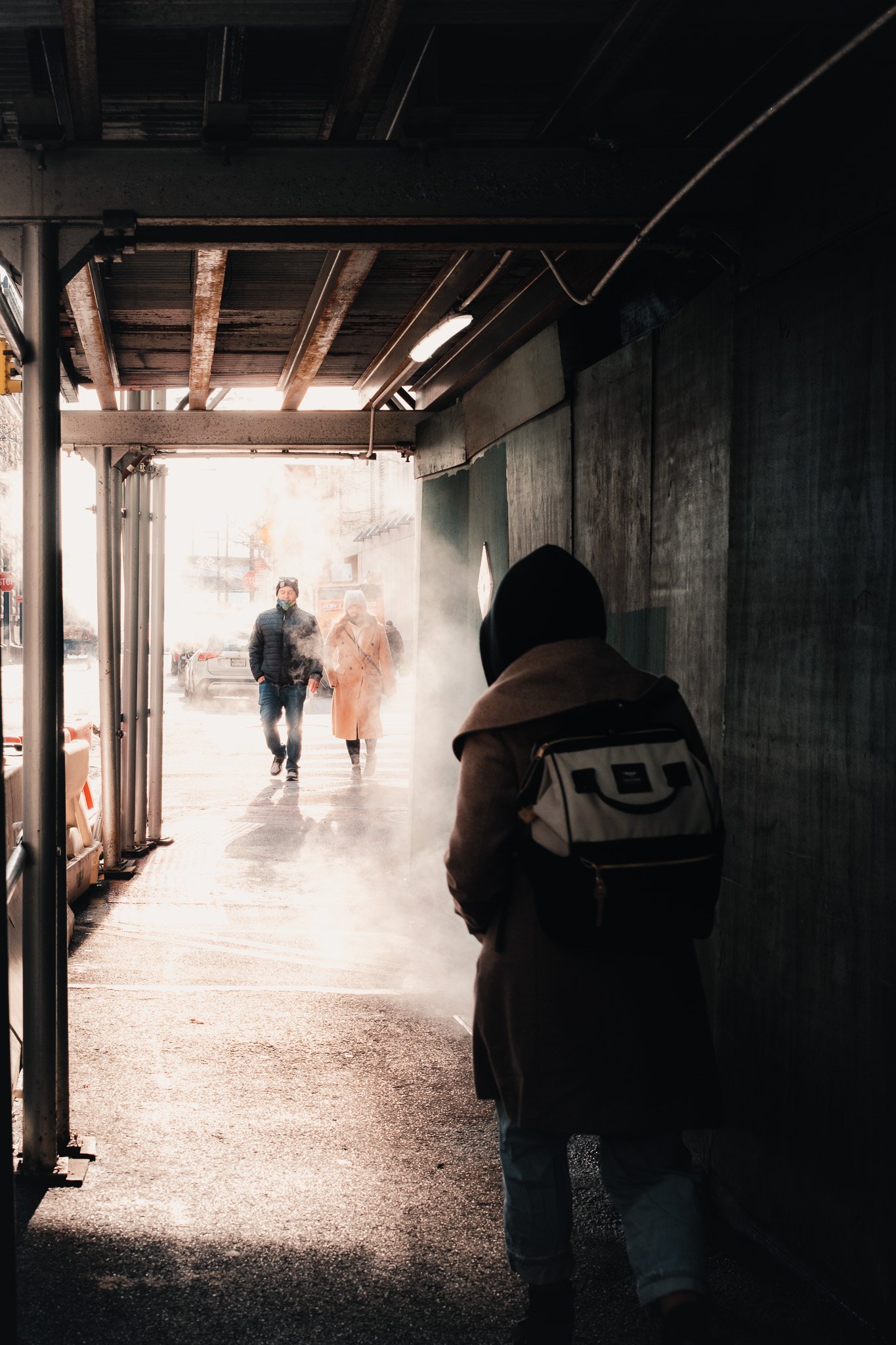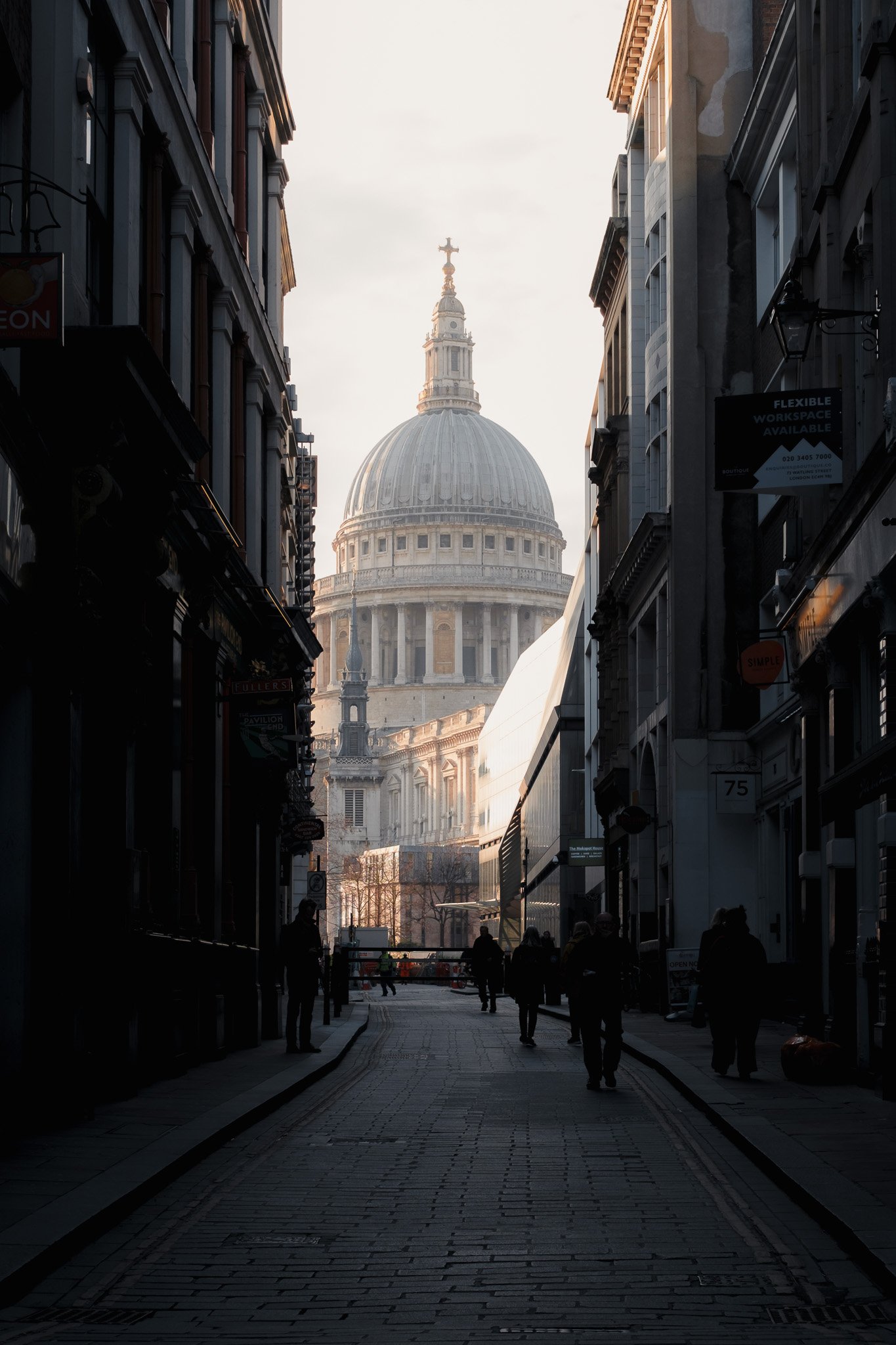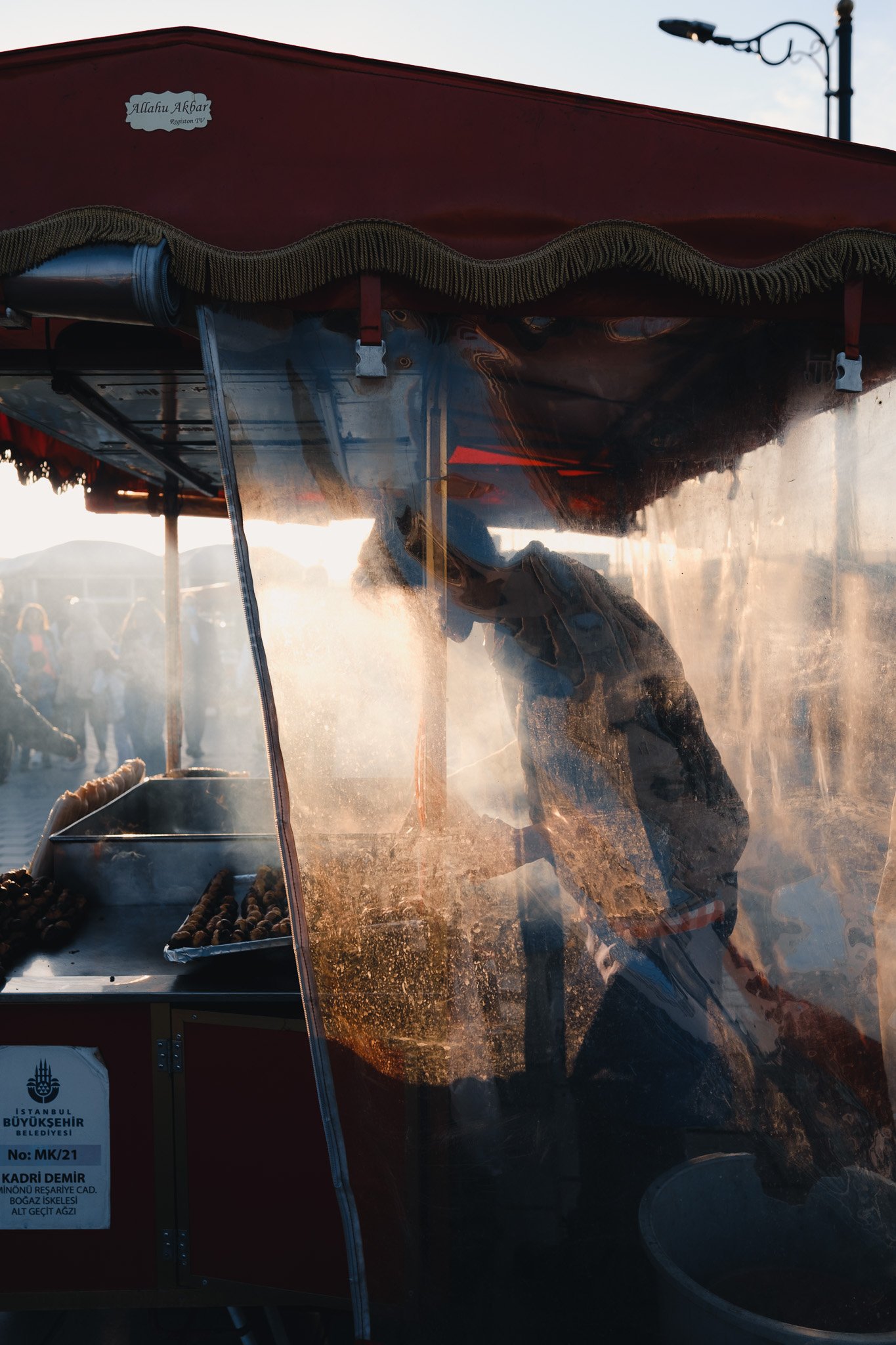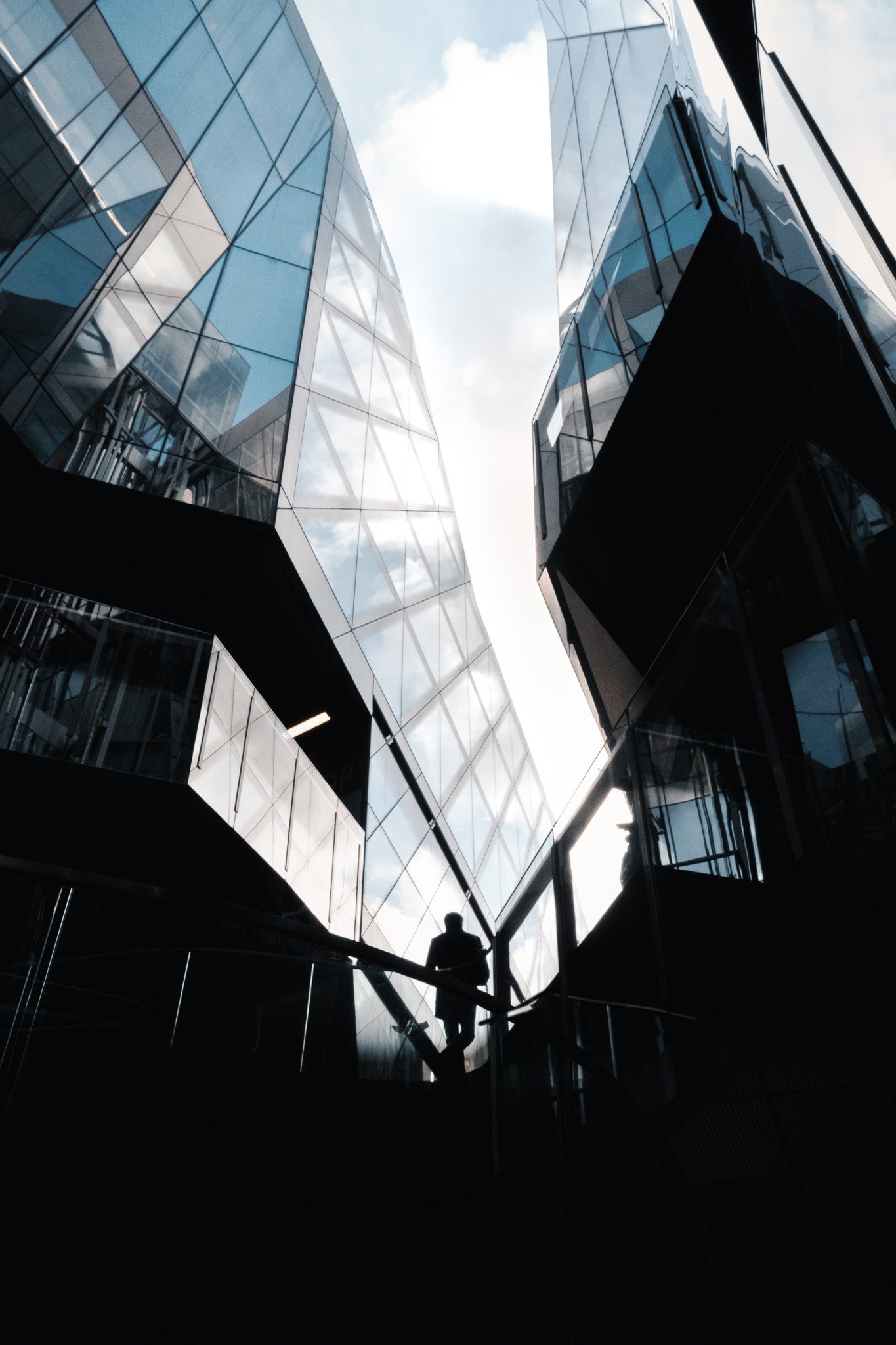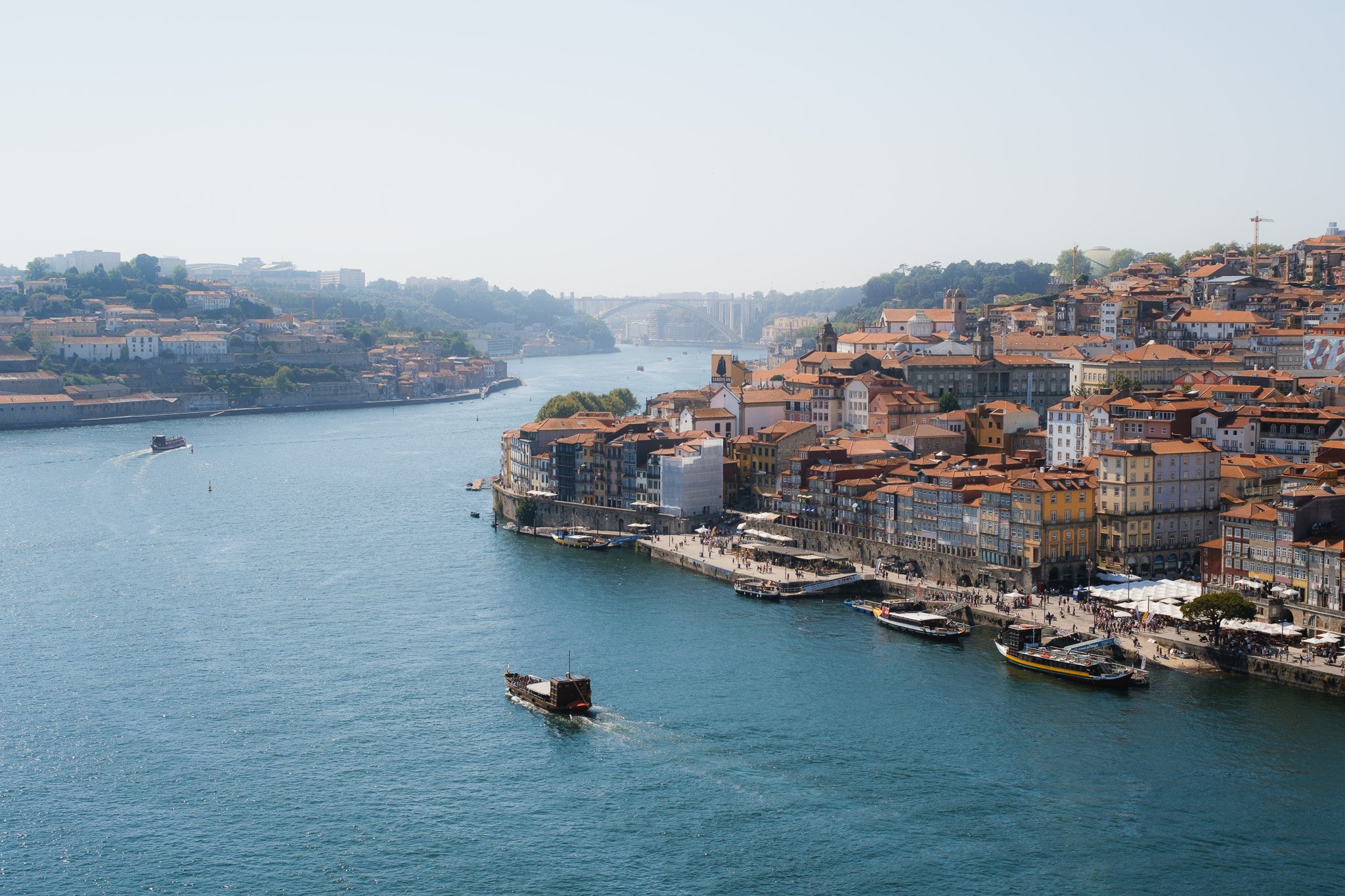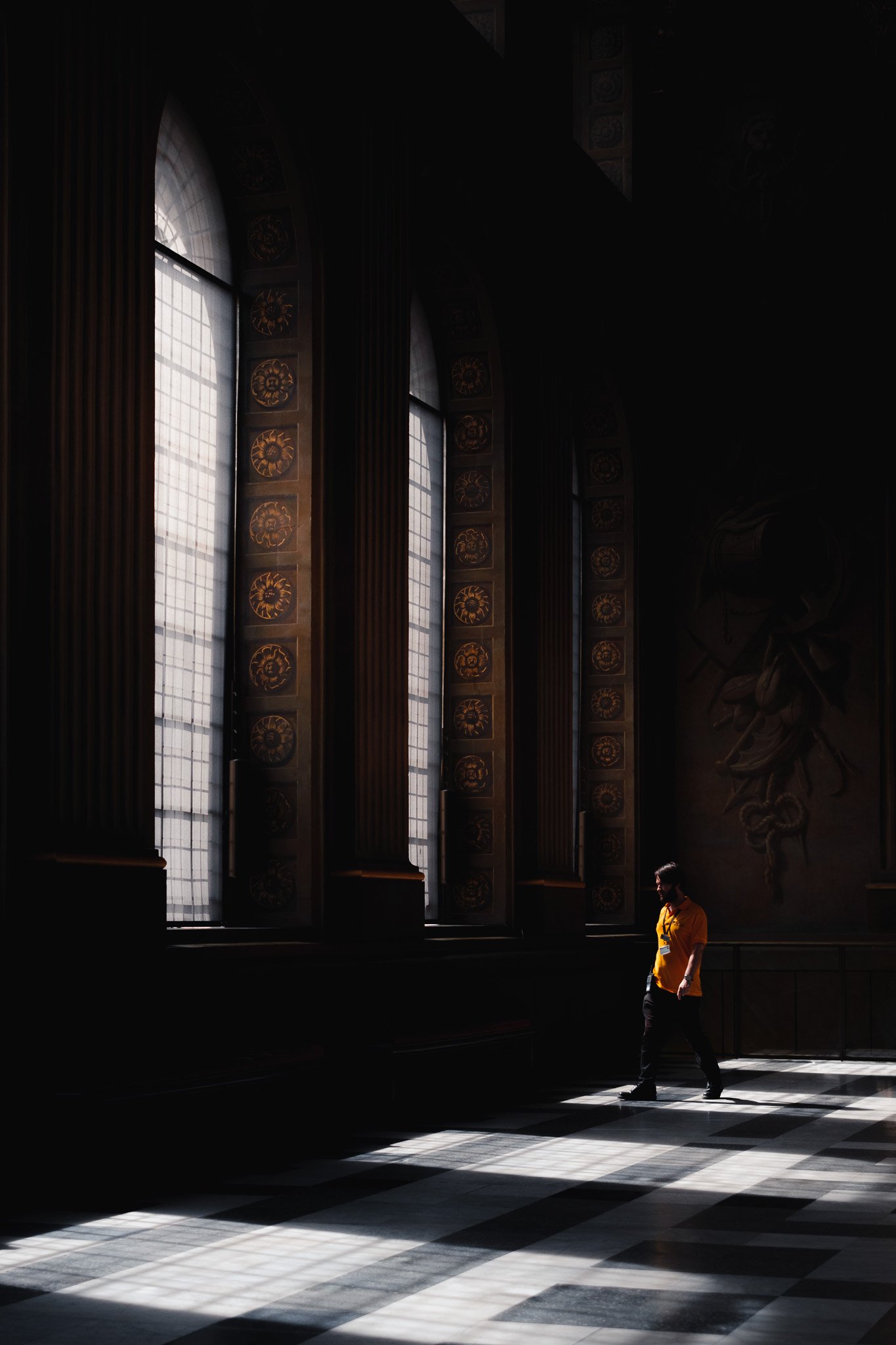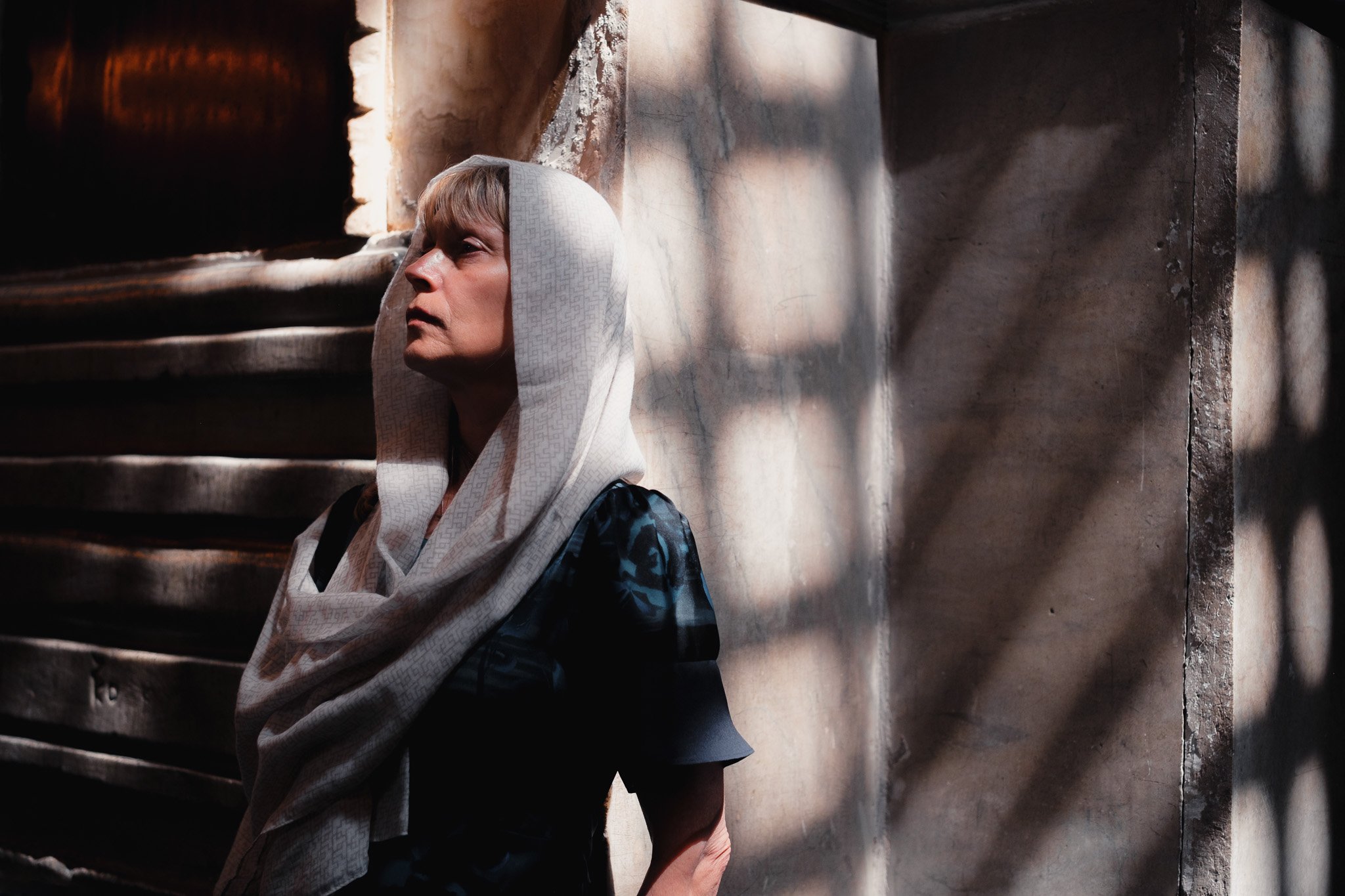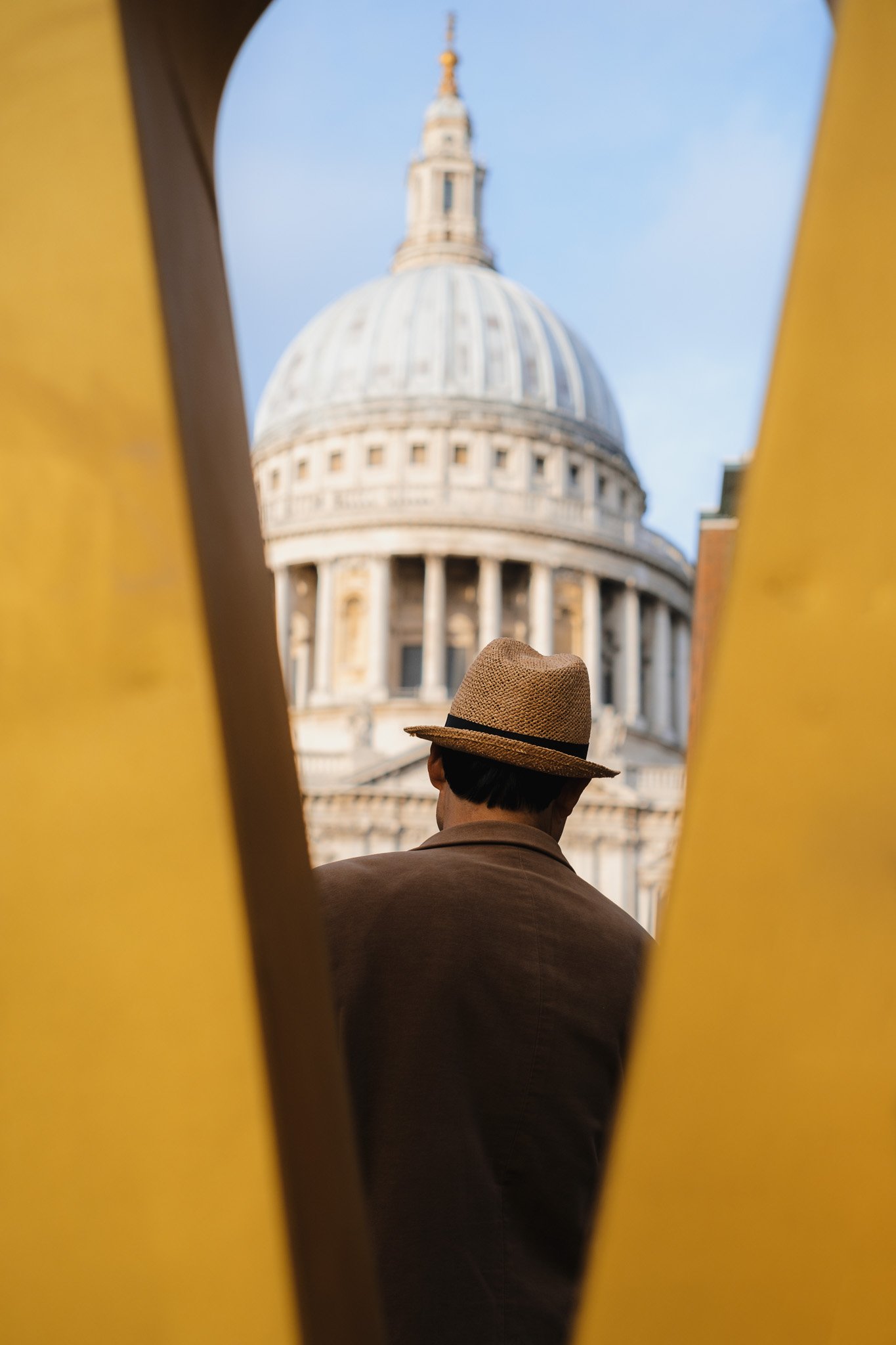Fujifilm 33mm & 18mm Long Term Review
It’s been just over a year since I got my hands on the Fujifilm 18mm and 33mm f1.4 primes and after 12 months of daily use, I am ready to share my final thoughts on whether these lenses are worth it.
Purchasing Decision
Prior to these lenses I owned and loved my f2 primes. I loved how small, light and compact they were. The f2 aperture didn’t bother me because I never shot in low light. However over time I started to shoot at night more and found that in certain situations I just needed more light. I couldn’t drop the shutter any lower and I couldn’t increase the ISO any more… So the next logical thing was to look at a faster lens. On top of that the auto focus in the f2 primes was great for photography, but for video I found it wasn’t as good as the Liner Motor lenses like the 16-55. So when Fuji released the 18mm and the 33mm with f1.4 and linear motors, it made sense to give them a go. Why specifically the 18mm and the 33mm though? Well in my experience I found that around 18mm is perfect for establishing shots and environmental portraits. While the 33 is great for more traditional portraits, subjects and details. So between these two I am covered for 80% of what I would come across within portraits, street and travel photography.
Size & Weight
If you’re coming from the f2 primes, this would initially take you by surprise because they are bigger and heavier. However if you’ve been used to the zooms such as the 16-55, these will feel like a breath of fresh air. On a medium sized body like an XT these feel perfect. On an XH body, you don’t even notice the lens. However on a smaller body like an XE or XS these primes will feel a bit front heavy. Size wise you shouldn’t notice too much of a difference unless you carry on a small sling. For example with my Peak Design 3L sling, I could get the camera with the 18mm and the 33mm in just fine. However when I had the f2 lenses, I could get the 23, 35 and 50 primes and have plenty of room to spare.
Build Quality
Overall I’ve not had any reliability issues with these lenses and they have been used in almost every possible condition. They have been soaked, frozen and even covered in sand. Overall they have behaved and the weather sealing has done it’s job. In terms of body wear, they are definitely starting to show signs of wear especially on the corners and the aperture ring teeth. As for the glass, they have no scratches or marks. I also don’t use any filters and about 50% of the time, I clean it with my shirt. The only thing I can’t comment on is how well they bounce because I haven’t dropped them…. yet. The one complaint I do have, and it’s actually the same one I mentioned in the initial impressions video is the lack of continuity between the two primes. Specifically the focus ring and aperture ring on the 33mm are very solid and reassuring when you turn them. On the 18mm however they are noticeably easier to turn. I’d go as far as saying that on the 18mm the aperture ring just feels loose. Initially I thought it was just me, but later found all of them are like that. This means that when I use the 18mm, now and then the aperture ring can turn in my hands or in the bag without me even realising. It’s not the end of the world but at this price point, you’d expect the two to be similar.
Image Quality & Autofocus
The image quality for me is the standout feature of these two lenses. They are incredibly sharp and the images they produce are just amazing. The detail, colour rendering, tonality and the overall look and feel of the images from these primes is just outstanding. Moving on to autofocus and the upgrades are immediately noticeable. This now makes these lenses perfect for autofocus in video especially on the newer cameras. Photography autofocus is top notch too like on any other Linear Motor lens. I can’t compare them to the old f1.4 versions but compared to the f2 primes these lenses are a solid upgrade. This section is a little thin I must admit, but there is really nothing else that can be said.
Should you buy?
If you’re wondering whether you should upgrade to these or if you’re in the market for a Fuji prime, whether to go for these or the cheaper f2 primes, this section should help. First of all ask yourself how much do you plan on shooting in low light conditions. If shooting at night is something you do frequently or something you see yourself doing more of in the future, then I suggest investing in these newer lenses. If you shoot 90% of the time in the day or in good light, then perhaps the f2 lenses will be better. Secondly ask yourself whether you will use these for video with autofocus. If you will be shooting a lot of video and relying on the autofocus, then again I would say go for these lenses. However if you don’t do video, then the photo autofocus in the f2 primes is great and will be more than enough for 99% of people. Finally if you travel very light or need to fit all your gear into a very small sling, then the f2 primes are by far the best choice for you. It’s not so much the weight but the size difference. Personally I will be sticking with these for a very long time as they tick every box for me. So much so that 80% of all the photos you see from me is from one of these primes.
